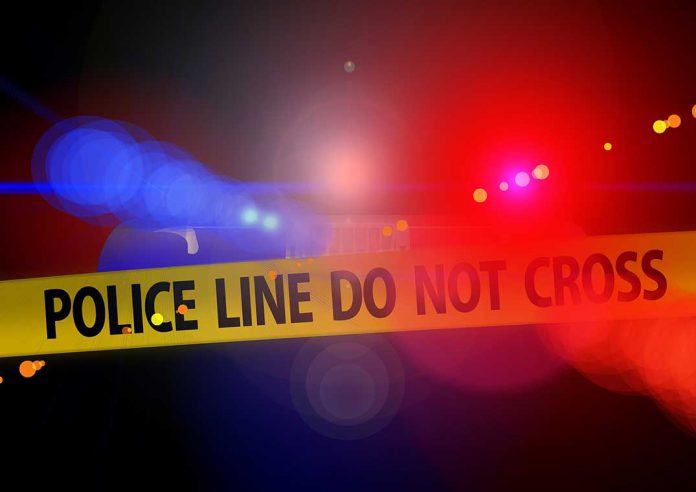AUNDECK OMNI KANING—Policing presents a challenging work environment and one that can too often introduce barriers between front line officers and the communities that they serve, especially when the general training and protocols run across the grain of those communities’ underlying cultural norms. In an effort to create better bridges and congruence between policing responsibilities and the community values, UCCM Anishnaabe Police Service members participated in workshops on cultural restorative practices.
“I had received the training myself a while ago and found it to be very useful,” said UCCM Police Chief Rodney Nahwegahbow. “As a stand-alone police force it provides the opportunity to build relationships and understanding.”
Policing presents “big challenges” for police officers, he noted. “The role requires us to stick to policies and government requirements without necessarily taking heed of insights to the culture.”
Culturally restorative practice is one of the cornerstones for the rebuilding of a nation, explains Estelle Simard, executive director of the Institute for Culturally Restorative Practices and the workshop lead during the sessions held at Aundeck Omni Kaning’s Four Directions Complex recently. “Culturally restorative practices require organizations, communities, families and individuals to come to understand their unique cultural teachings and how this knowledge can create their own standards of practice.”
The Institute for Culturally Restorative Practices seeks to “empower Indigenous ways of knowing into service delivery systems with the sole purpose of creating better outcomes for Indigenous children, family and communities.”
Chief Nahwegahbow pointed to the sign at the entrance to the UCCM Police offices. “It reads ‘aanii, biindigen’,” he said. Essentially, hello, come on in, you are welcome. “The goal is to be a little more settling than unsettling. For a lot of elders it is still a disturbing place to come. We want to make it as open and inviting as possible.”
In the training, the officers taking part learned about the role of the clan system, smudging and a host of other cultural aspects as well as the history and impact of the residential school system on traditional Anishinaabe culture.
“It doesn’t take your responsibility away,” noted Chief Nahwegahbow of the cultural training, “but it fosters a greater understanding of the elements in culture that can have an impact. It is important that we don’t find ourselves working against each other, but to open the door to a greater understanding.”
The board room of the police building features images of the Seven Grandfathers teachings, and those teachings form a critical aspect of the UCCM Police approach to their role in the community, particularly respect.
Because of their role in enforcing the legal system and the visual impact of their uniforms, which vary little from the standard OPP or municipal police officer regalia, a greater effort has to be made to build bridges. “You might have heard the term ‘apple’ (a derogatory term meaning red on the outside, white on the inside) we have to deal with that,” said the police chief. “We are walking between two worlds.”
But even while walking that line, the UCCM police officer is generally a member of the community which they serve. After a day’s work, they return as members of the community at large. Having the added strain of fulfilling a role that places them somewhat outside of that community is stressful for family and home life. The cultural training and grounding will hopefully help in building better bridges.
“At the end of the day, you want to go home feeling you have served the community,” said Police Chief Nahwegahbow. “The warriors sleep outside of the camp. I give our officers a lot of credit. At the end of the line, our officers want to be helpful and to go home feeling they have done a good job.”
Chief Nahwegahbow said that his board is very supportive of the process.





